We spend thousands of pounds on brand new high quality lenses that are pinpoint sharp, and for good reason, but there’s also a world of vintage lenses out there that can be had from as cheap as a few quid, and can produce extraordinary results. For this feature we’ve gathered six of the best vintage lens shooters, from professionals in the field to enthusiast photographers who love their vintage collection, to showcase six alternative vintage lens options.
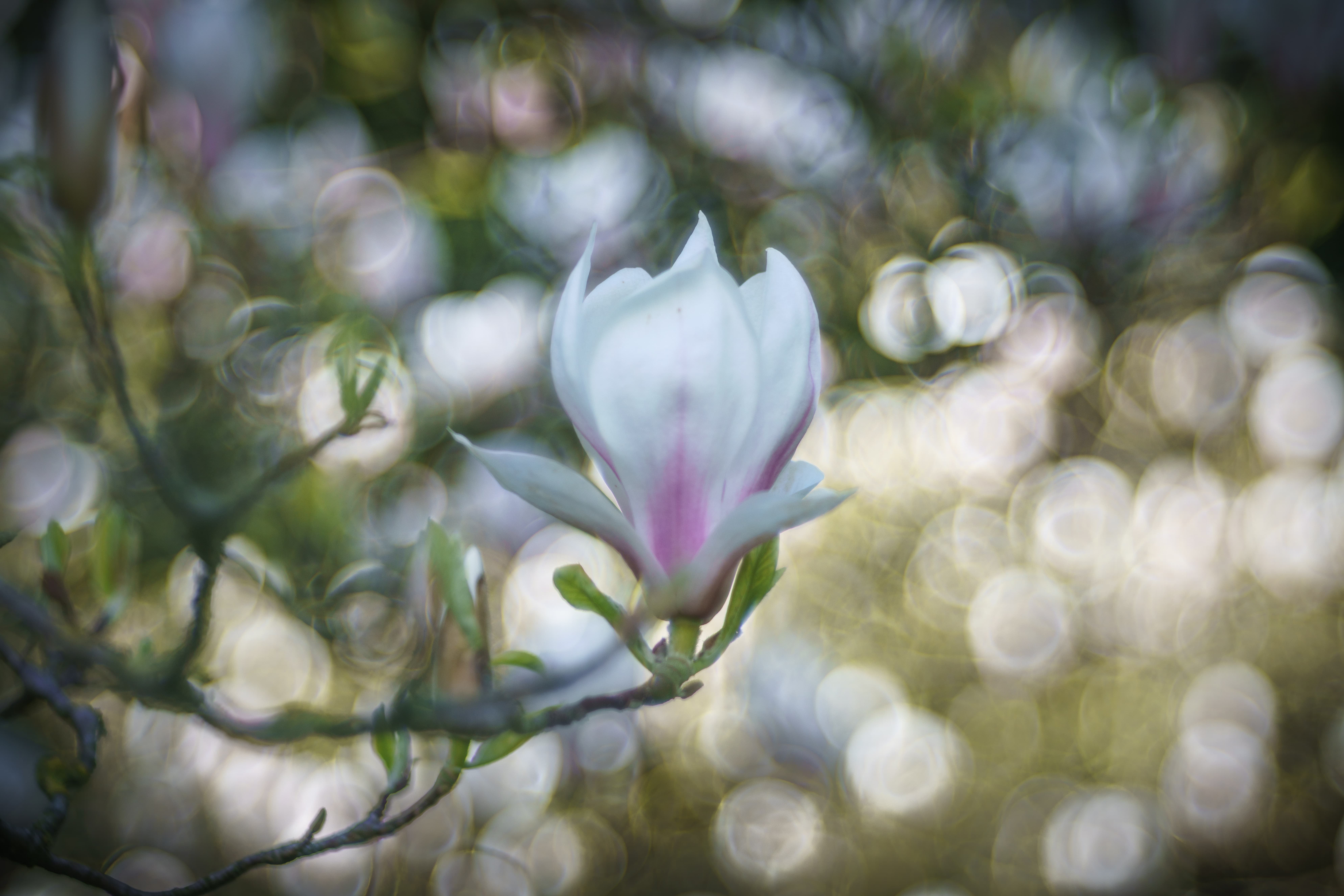
Vintage lenses won’t be everyone’s cup of tea. For starters, you’ll have to manually focus, adapt how they fit onto your camera body, and generally they can be a bit clunky and well old and vintage! However for those who enjoy adding a creative twist to their images or discovering gorgeous blur and bokeh shapes, then vintage lens shooting will be for you. When it comes to vintage lens shopping there are many places you can purchase them from – from charity shops and car boot sales to online marketplaces like Ebay. It’s best to try before you buy if you don’t know the history of the lens, however we know this isn’t always possible in the second-hand market so do your research first.
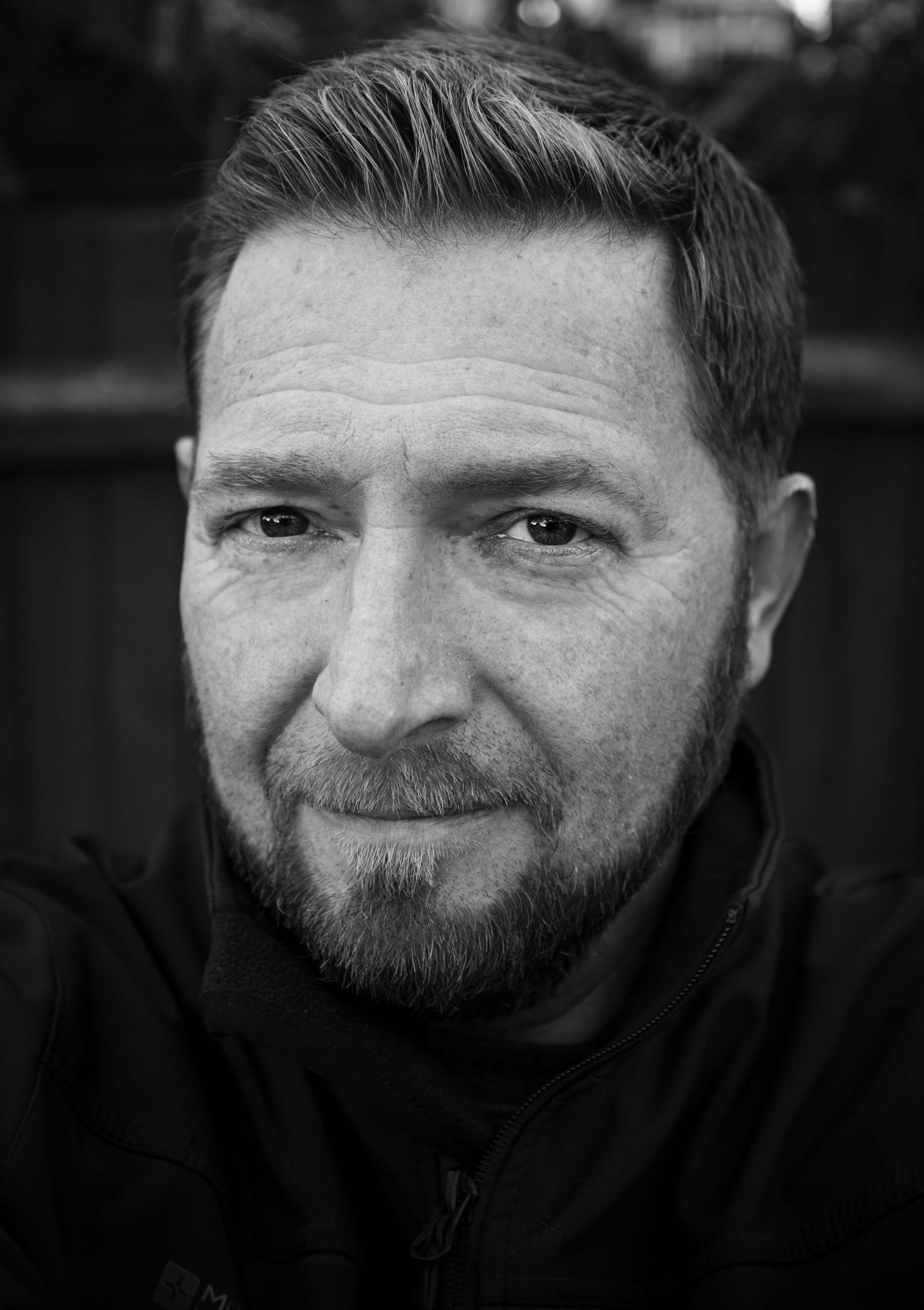
Sean Parnell
Sean Parnell is a hobbyist photographer who enjoys collecting vintage lenses. When it comes to subject matter there is nothing Sean doesn’t enjoy exploring and he shoots everything from portraits to landscape and the occasional macro image. Sean got his Asahi Pentax Super-Takumar 50mm f/1.4 from eBay for £135 and tells us this is the lens that got him interested in vintage lenses. ‘Its sharpness, bokeh, colour rendering and build quality are fantastic. It’s got a nice bokeh and shallow depth of field quality at f1.4, which is always good for portraits.’ Sean shoots with his Asahi Pentax on his digital Fuji X-T30 but also uses it with 35mm film on a Asahi Pentax Spotmatic SP camera.
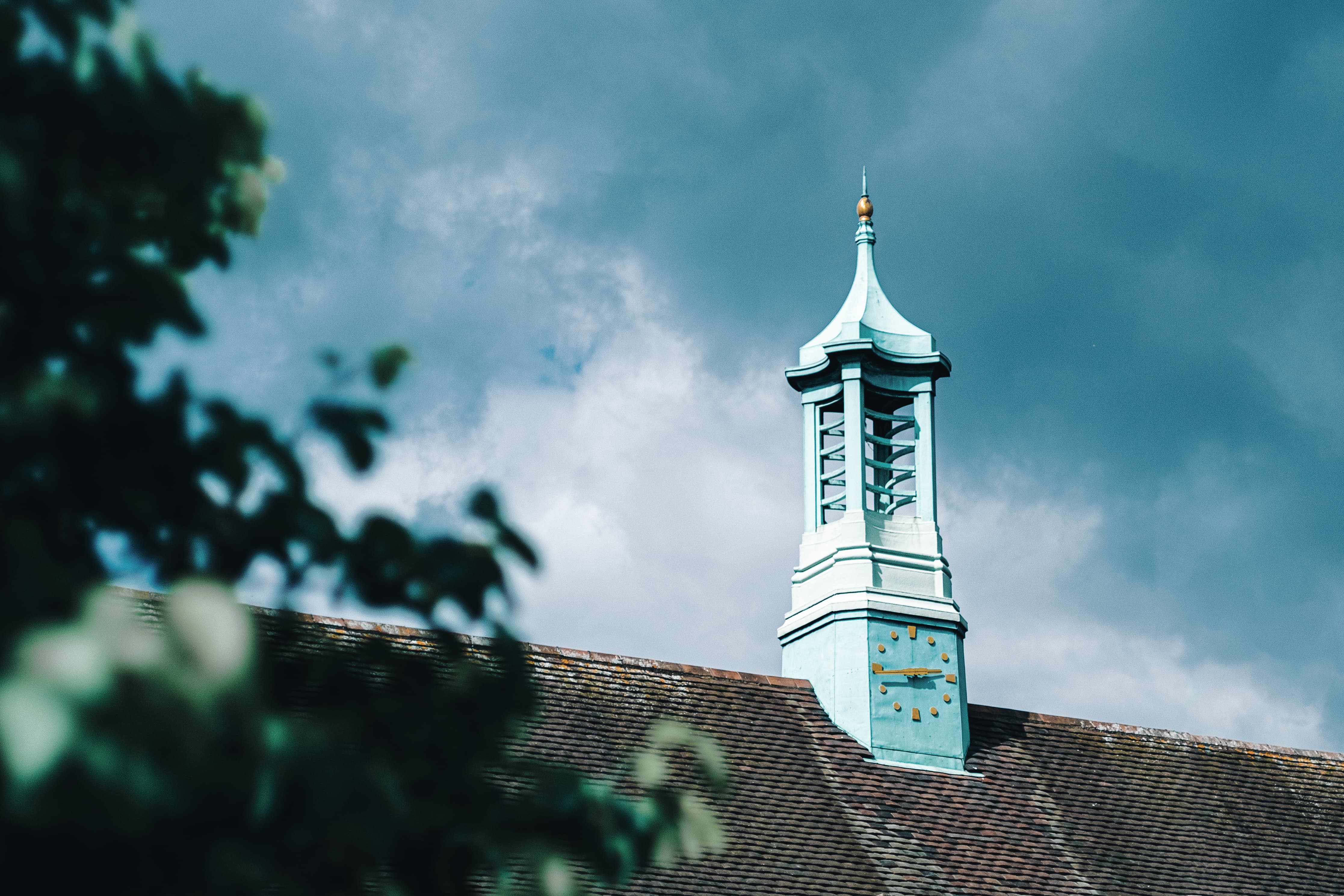
Sean has only recently been converted to vintage shooting after a YouTube video sparked his interest, however he has lots of sound advice when it comes to purchasing one. ‘As with all vintage lenses they can have internal issues such as fungus, haze, oil on the aperture blades and so on, which can be cleaned but not always – so do your research, ask questions and, if you can, inspect before you buy. But I also find it part of the fun to open and clean the lenses to bring them back to life.’ One of the trickier aspects with vintage shooting is the focusing issue, and Sean was no different when it came to this. ‘At first I found focusing a bit tricky but after a while you get used to it. Most modern digital cameras have focus peaking that makes it much easier; now I hardly use my modern lenses.’
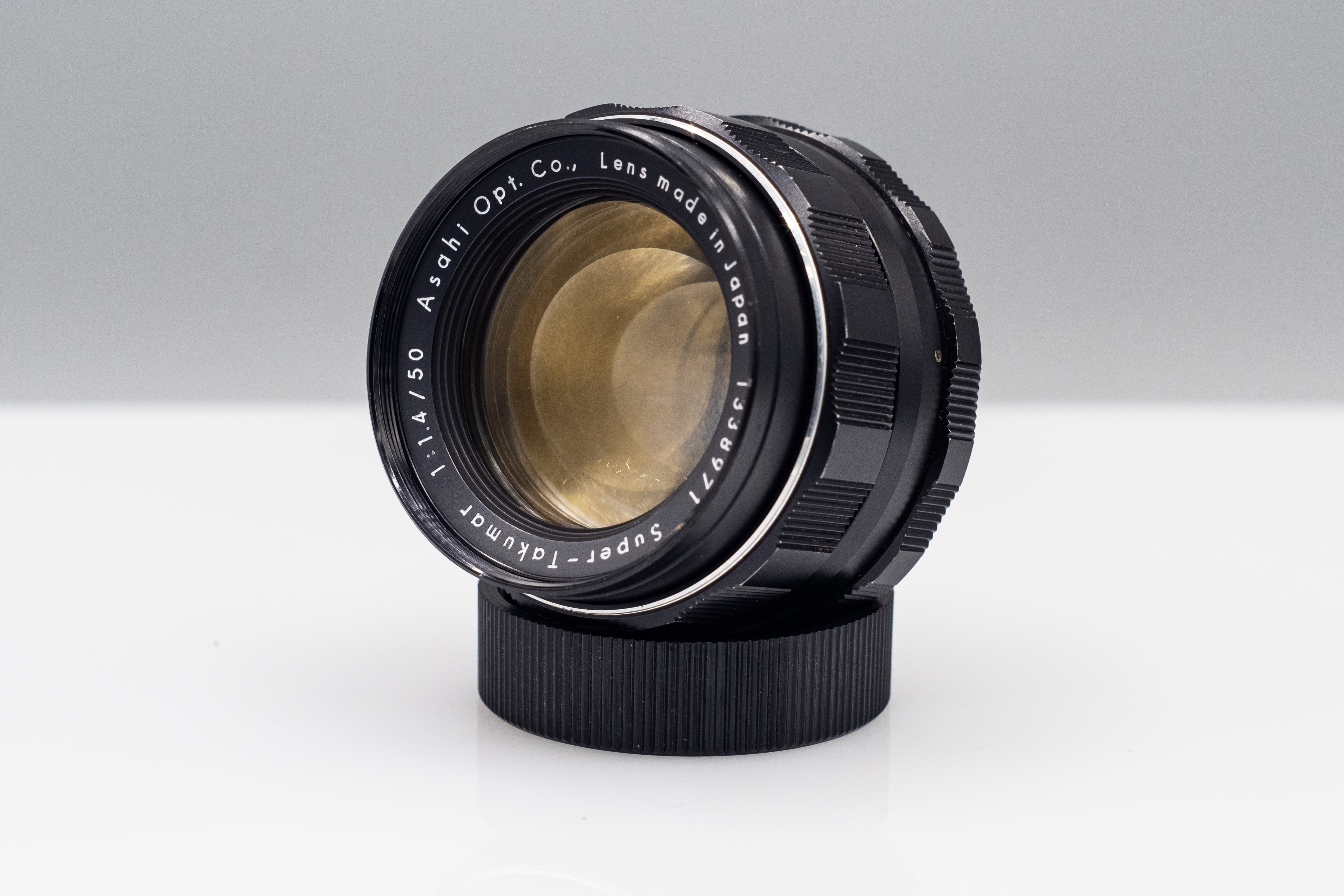
Asahi Pentax Super-Takumar 50mm f/1.4 (8 element version) made between 1964 and 1966
He continues, ‘Vintage lenses are a great way to expand your knowledge on photography and using manual focus can force you to take your time. As an advantage vintage lenses are of course also much much cheaper than their modern equivalent, and the image quality can be great!’ Learn more on Instagram – fstop_vintage
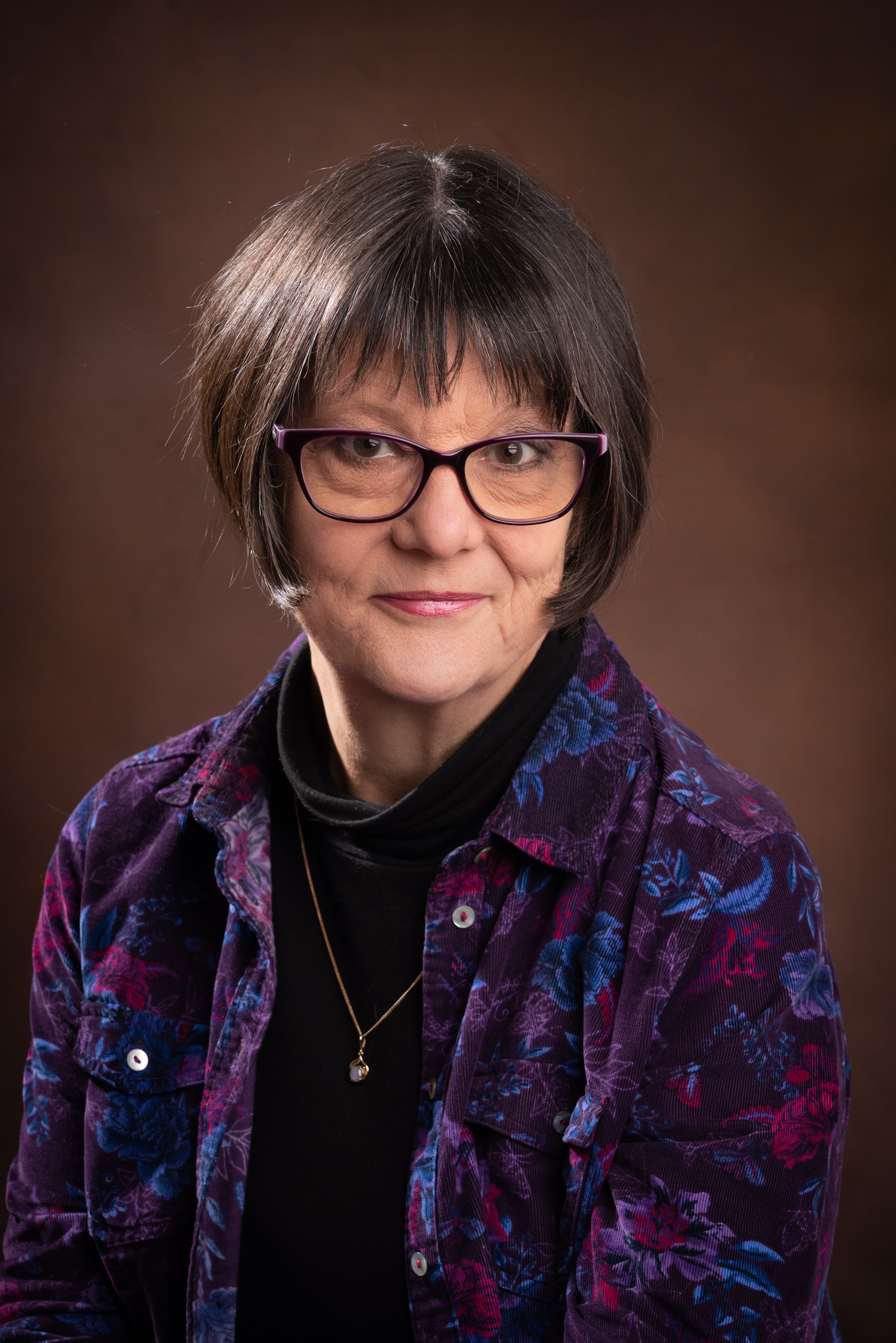
Rose Atkinson
‘The Schneider Cinelux 95/2 is a rather unique vintage lens,’ creative photographer Rose Atkinson tells us. ‘Originally a projector lens, it has a permanent f/2 aperture with no aperture blades and it has been adapted for camera use by adding a helicoid to enable focusing.’ Rose bought the Schneider Cinelux 95/2 privately from a vintage lens enthusiast who also did the custom adaptation. ‘At £115 it’s been my most expensive vintage purchase but it’s a pretty rare beast.’

For those who are interested in the Schneider Cinelux 95/2 Rose says finding one could be a challenge! ‘It’s not a cheap purchase as far as vintage lenses go, however there are other projection lenses available which also might be worth searching out.’ Regarding shooting with the Schneider, it is fitted with a helicoid to enable focusing. ‘This rotates fully three times around the barrel from the longest to shortest focusing distance which takes time to do,’ she continues. ‘It doesn’t focus to infinity, so it really makes me think about how I want to use it.’ When asked what subject matter Rose likes to shoot on the Schneider Cinelux 95/2, she replies, ‘Close-ups of flowers, although it was a lockdown purchase and I’ve not actually used it anywhere other than in the garden!’
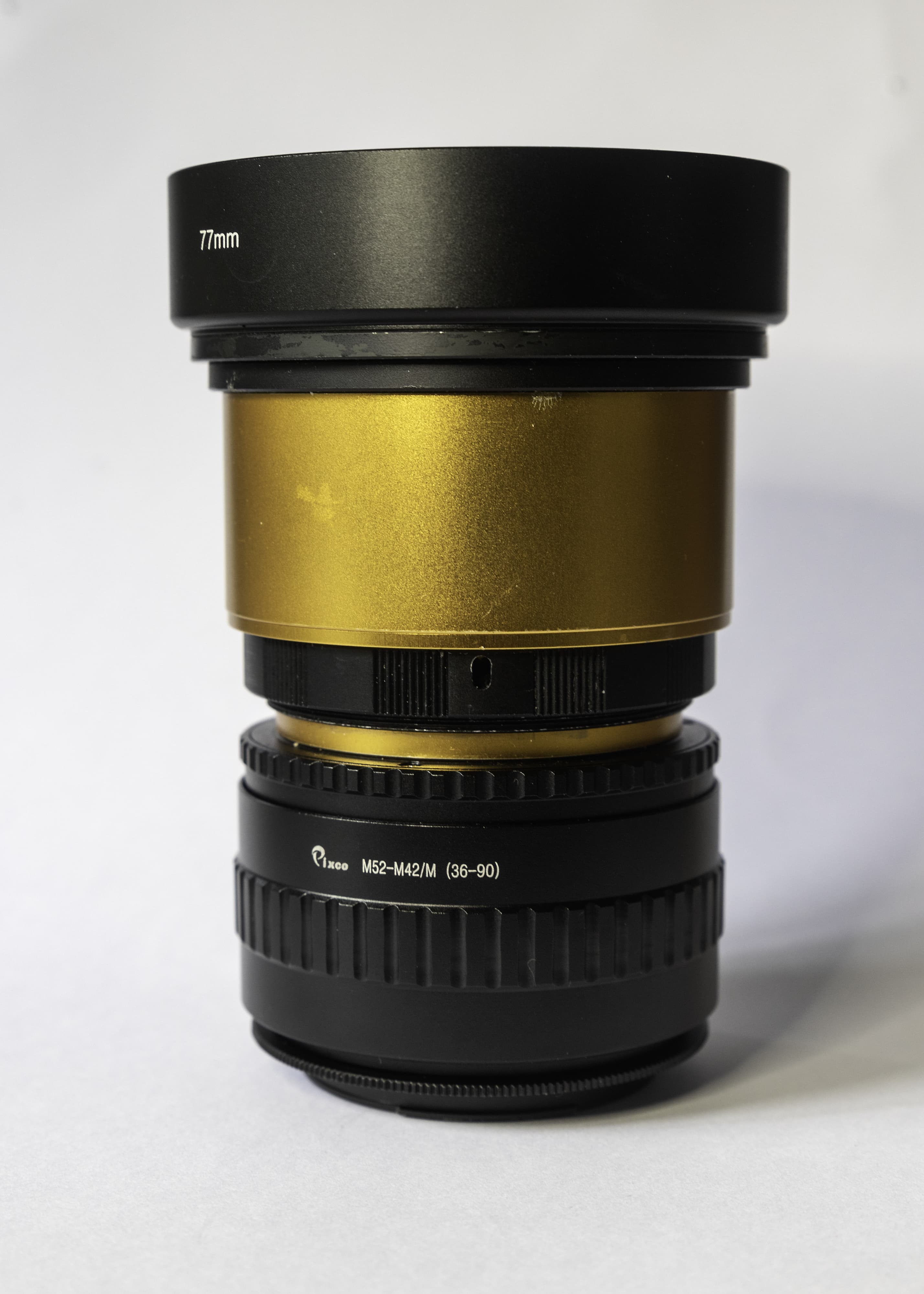
As for general advice when it comes to purchasing old lenses Rose says vintage lenses are definitely addictive and it’s very easy to start acquiring a collection. ‘You can buy fast prime lenses for very little money and it doesn’t matter what camera system you have as you can get a mount adapter to fit pretty much any lens on any camera, but there are some limitations and exceptions so do your research before you buy.’ Asked what she likes about vintage lenses, Rose replies, ‘Vintage lenses have bags of personality. They sometimes have characteristics that might be considered optically imperfect, such as edge distortion, flare, soft focus… but these can offer great artistic potential and add something to the look of your images.’ See here for more

Auke Hamers
Professional freelance filmmaker and photographer Auke Hamers is somewhat of an expert when it comes to vintage lenses. He has a large collection of old lenses in his kit bag including a Super-Takumar 55mm f/1.8, Super-Takumar 135mm f/2.5, and a Konica 40mm f/1.8 pancake to name only a few. His images pictured here are from a series called ‘Open Hearts’, which he took using his vintage SMC Pentax 50mm f/1.2 lens on his full-frame Sony A7 III.

The portraits show participants of the Naropa summer retreat offered at Trimurti in the Czech Republic, and the dream-like quality of the SMC Pentax 50mm f/1.2 reflects the openness, loving characters and energy of the subjects in the images. ‘If you look closely, this open quality is visible in the eyes,’ Auke says. As for his SMC Pentax 50mm f/1.2 lens Auke loves the character, flaws and the razor-thin f/1.2 depth of field this lens can produce. ‘It captures real depth,’ he says, ‘and has a certain magic. The lens captures a smooth bokeh and film-like quality.’ Auke bought his Pentax 50mm f/1.2 from Marktplaats (the Dutch equivalent to Craigslist or eBay) for about €100. He tells us this is an excellent deal considering it goes for four to six times as much on eBay.
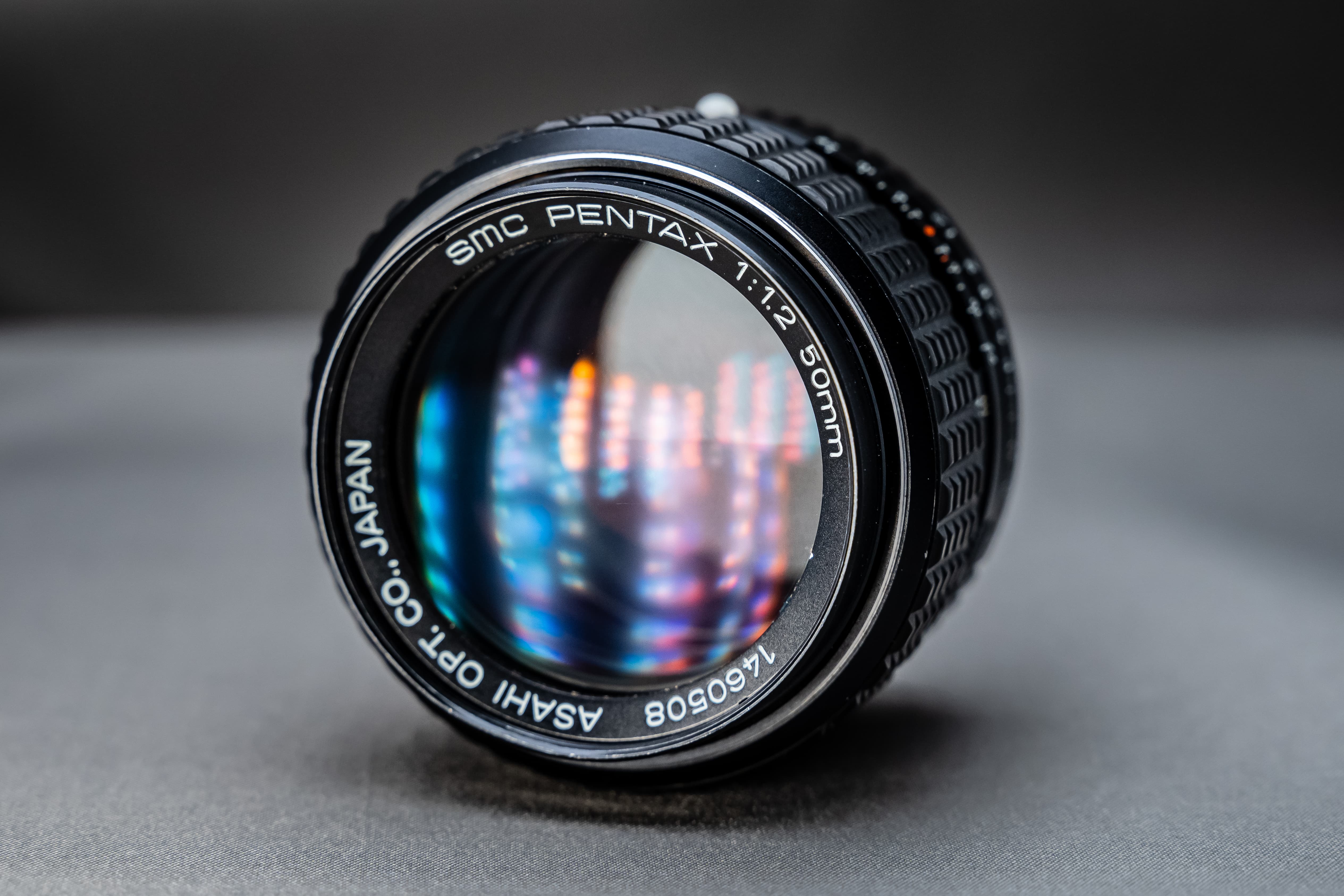
When it comes to the technical flaws Auke reveals the SMC Pentax 50mm f/1.2 suffers from longitudinal chromatic aberration, and can also be on the soft side. ‘I can correct the softness in post production, but the chromatic aberration is more difficult. Luckily in the case of this lens I like the aberration, as it’s blue coloured! I don’t want to see magenta or green fringing, but the blue glow is magical to me. It gives my images depth and it’s only visible in the out-of-focus areas.’ It’s not just personal projects Auke uses his old lenses for; there is also a professional market for vintage lenses. ‘I recently started to use my vintage lenses for specific magazine shoots,’ he says. ‘Given the right topic, for example homeopathy, the vintage lens brings in another unique element.’ www.instagram.com/aukehamers and his website
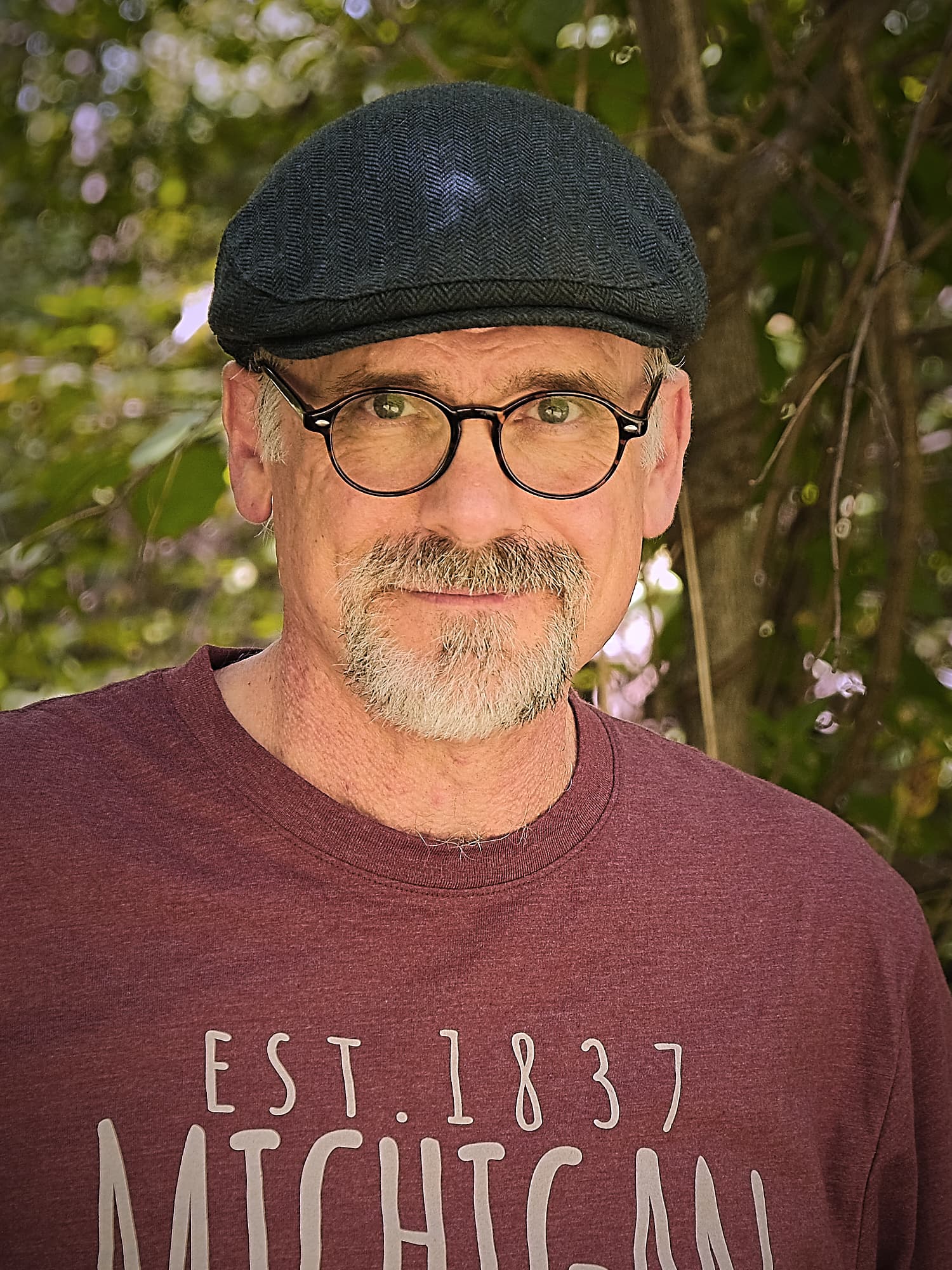
James Fisher
James Fisher is from Port Huron, Michigan, in the USA and in his vintage lens collection he loves to shoot with his Canon 50mm f/1.4 SSC. ‘I like the sharpness of this lens. It has a soft, yet sharp rendering wide open at f/1.4. Stopped down, it’s tack-sharp with excellent contrast.’ A keen photographer since the 1970s, James recently purchased a mirrorless Fujifilm camera and started using various vintage lenses with inexpensive adapters.
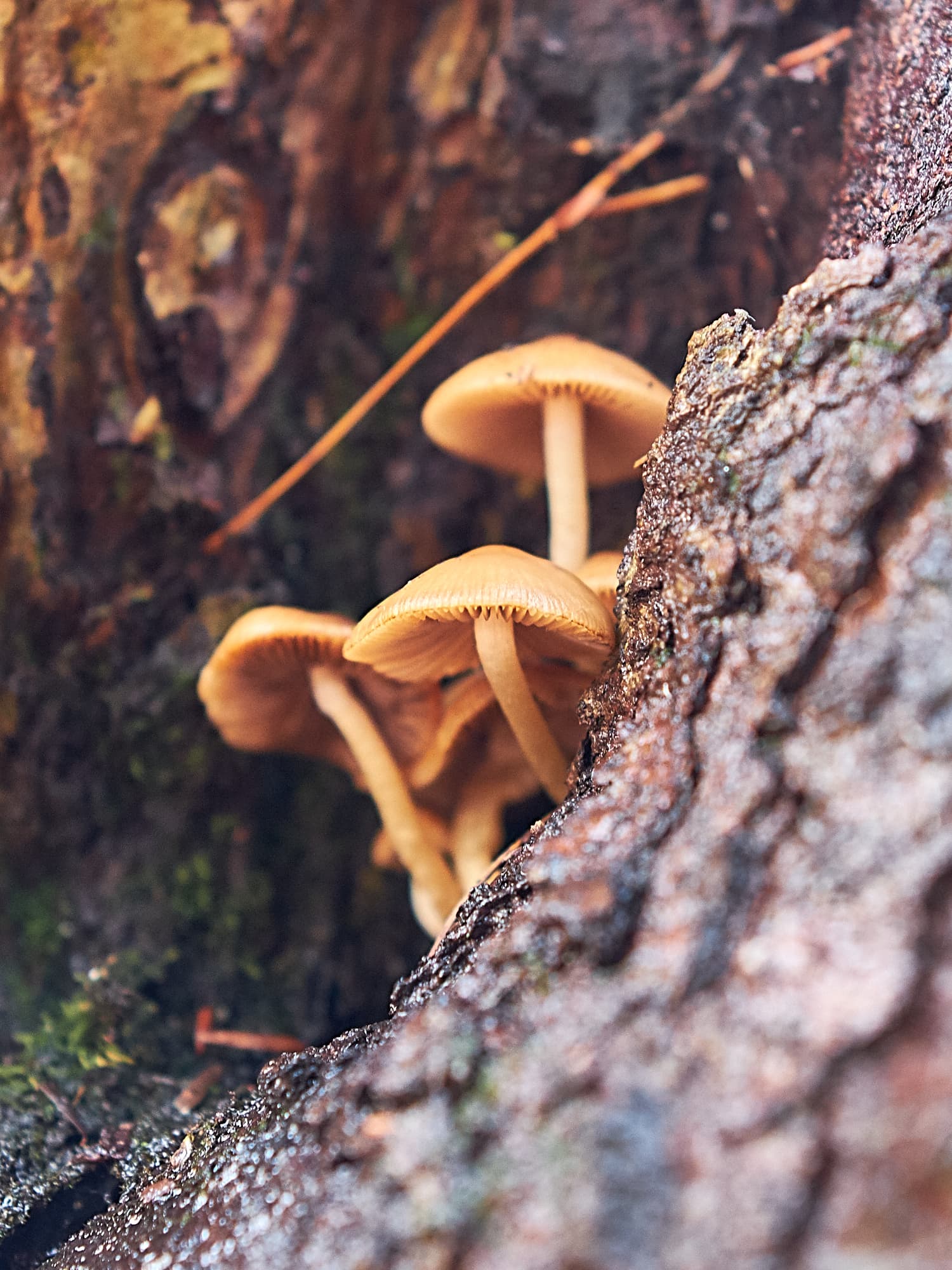
‘The new mirrorless digital cameras have rescued these vintage lenses from the trash pile,’ he says. ‘The analogue film-like rendering can add a new beauty to your images.’ He purchased his Canon 50mm f/1.4 SSC from a private individual and paid $40 for a bundle deal with some other lenses and a Canon 35mm. ‘I sold the other lens and the body on eBay for more than the total purchase price!’ As for shooting with the Canon 50mm f/1.4 SSC, James says the greatest challenge he faces is how it flares with any side or backlight. ‘I reduced this effect by ordering a vintage Canon lens hood for the 50mm SSC.’ James has already a long history with manual focusing. ‘I learned photography by focusing lenses manually. Autofocus didn’t even exist in the 1970s and early 1980s! I don’t like focus peaking,’ he reveals. ‘Instead, I use the magnification feature on my camera, as the magnification in the EVF allows me to accurately focus.’

James ends by saying, ‘Vintage glass needs a slower and more deliberate approach. Enjoy taking the time to carefully craft the image.’ www.instagram.com/vintagejim61 and his Flickr page
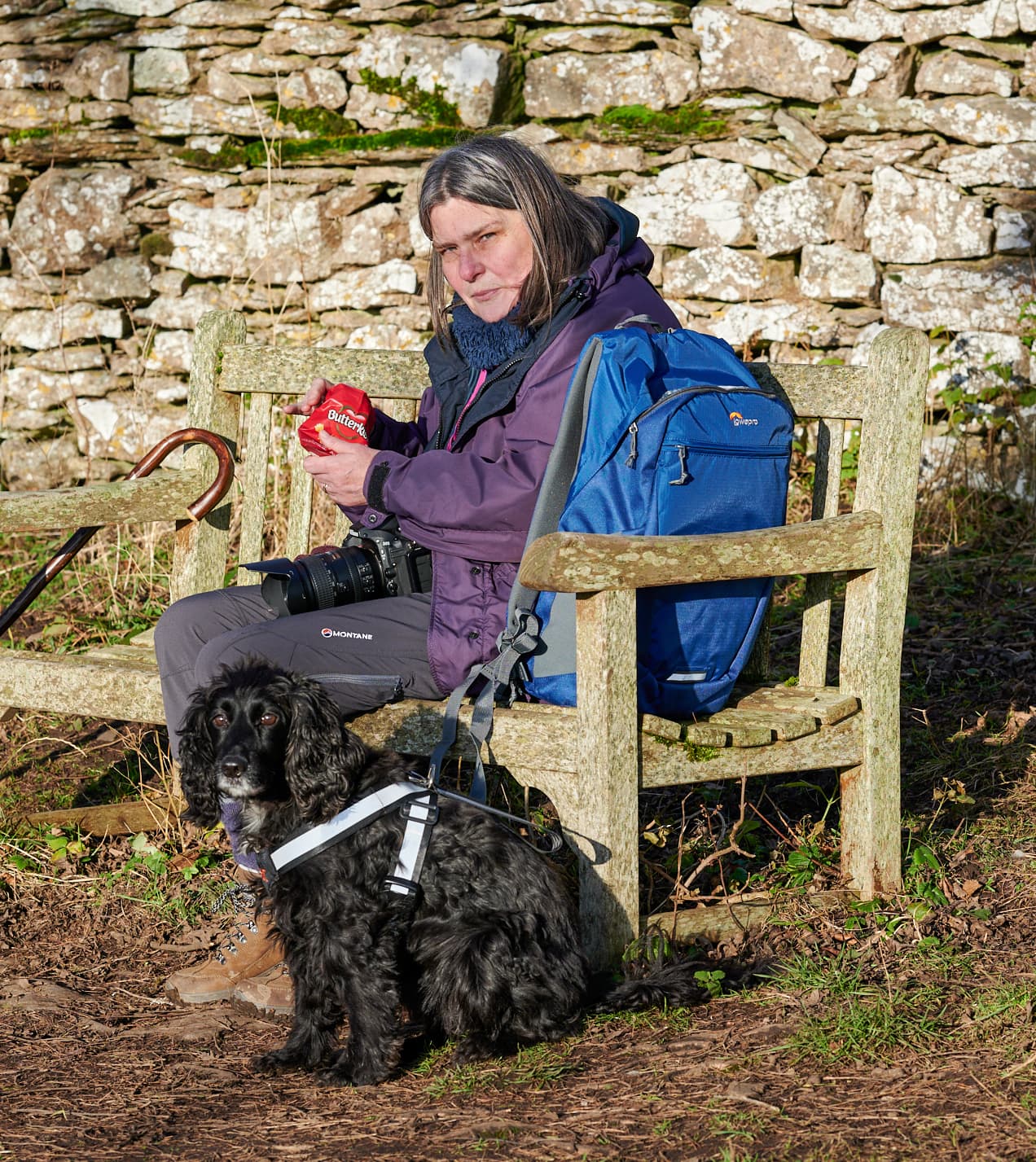
Sylvia Slavin
Vintage lens expert Sylvia Slavin (ARPS) has always had an interest in photography, and bought her first DSLR in 2007. ‘I first discovered alternative lenses in 2015 when I fell in love with the Lensbaby Velvet,’ she says. ‘At around the same time I also started using vintage lenses, with my first being a Helios 85mm.’ Throughout the years Sylvia has used a variety of vintage lenses and in her vast collection she has the Meyer Optik Görlitz Trioplan 100mm f/2.8. ‘I’ve had this lens for about three years, which was a birthday present from my partner. It’s one of the more expensive and older vintage lenses out there,’ she informs us. Sylvia loves getting back to nature and her preferred subjects to shoot with the Meyer Optik Görlitz Trioplan 100mm f/2.8 are flowers and woodland.
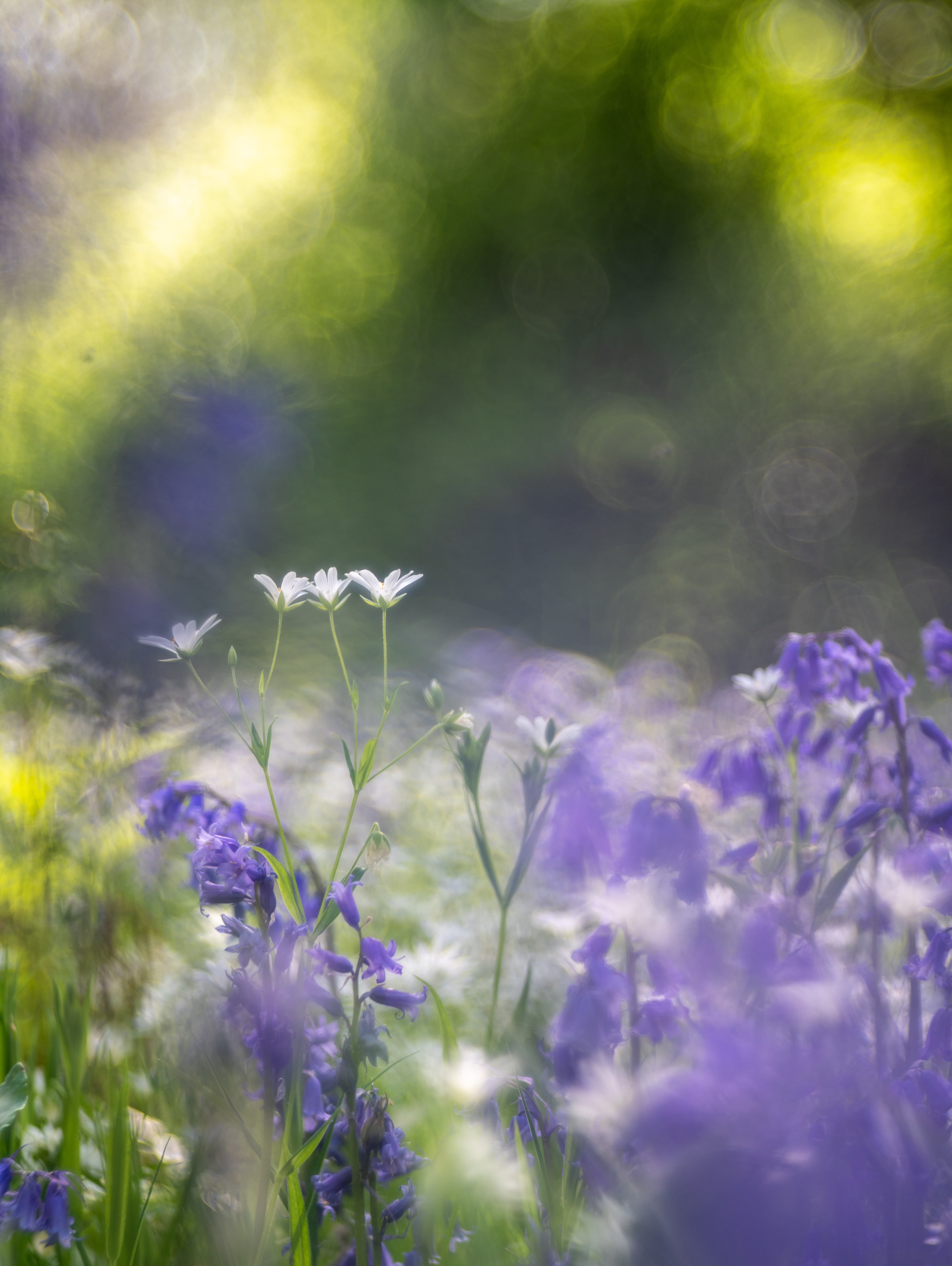
To mount the lens onto her Sony camera Sylvia explains her setup. ‘This particular lens came with an M42 mount and I bought an adapter (from K&F Concept) to use on my Sony camera. Sony is the most versatile camera to use for vintage lenses because of the size of its mount. Most vintage lenses can be adapted to use on it.’ When it comes to shooting tips Sylvia says to get that desired bokeh effect it’s best to shoot with the aperture wide open or near to wide open. ‘The Trioplan is well known for its bubble bokeh effect producing circular areas with a pronounced outer edge where there are out-of-focus highlights,’ she specifies. ‘The best results I’ve found are when there are small bright highlights in the background and shooting into the light. For example against trees both with and without foliage. In dappled light the circular areas intersect and create a very unique look in the out-of-focus areas.’
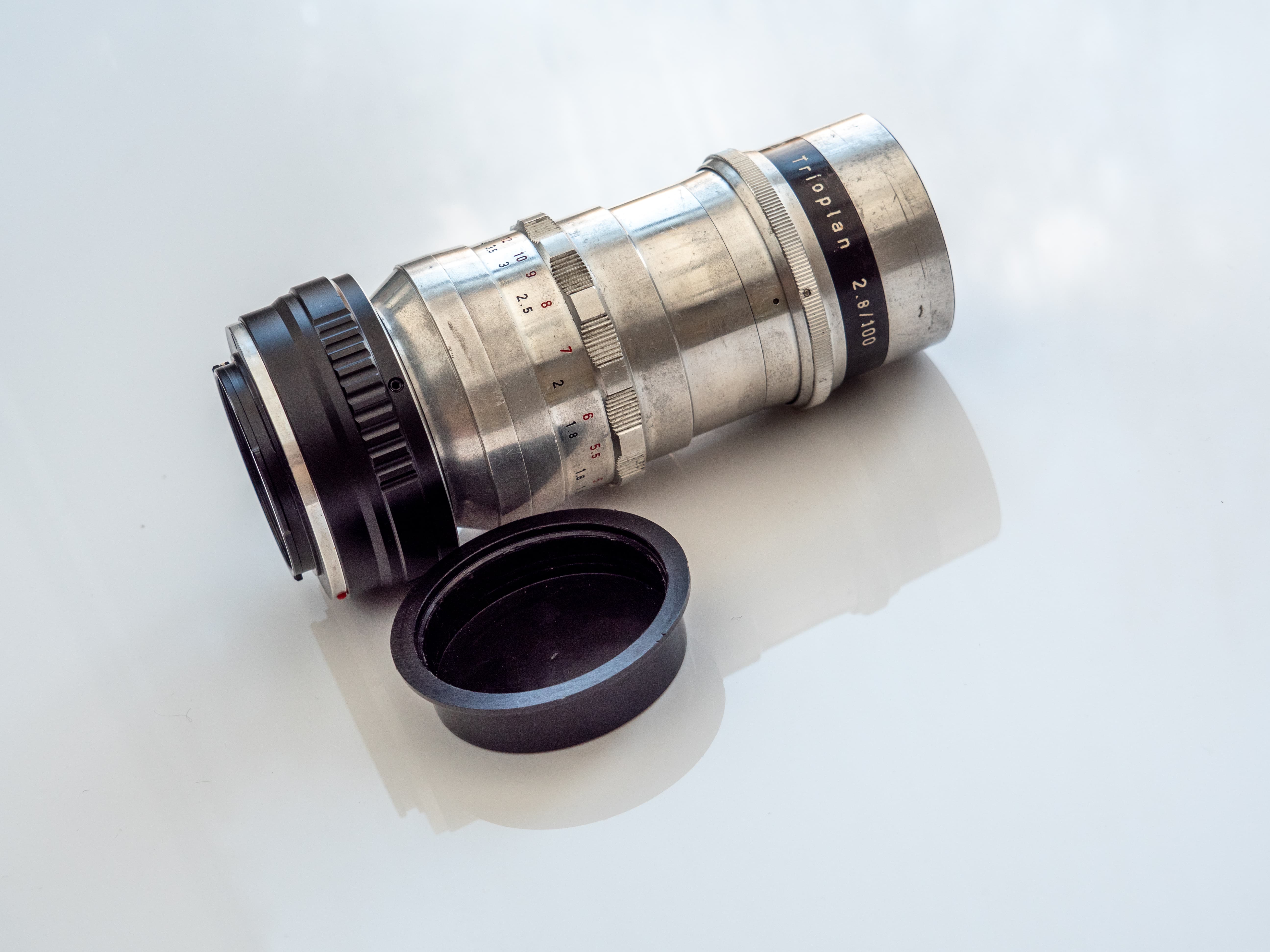
‘I had a Helios 44-2 version and loved it but fancied doing a modification to create amazing bokeh. I got another Helios lens second-hand. There are YouTube videos showing how to take the front retaining rings off – once the front comes out, turn it over, then put the lens together again. The already swirly bokeh becomes wild. It’s very difficult to see exactly where the point of focus is because the image looks so blurry through the viewfinder. So I shoot wide open, get the focus approximately and then rock to and fro gently until the point of focus looks as sharp as possible.’
Learn more about Syliva’s work on Instagram – sylvia_slavin
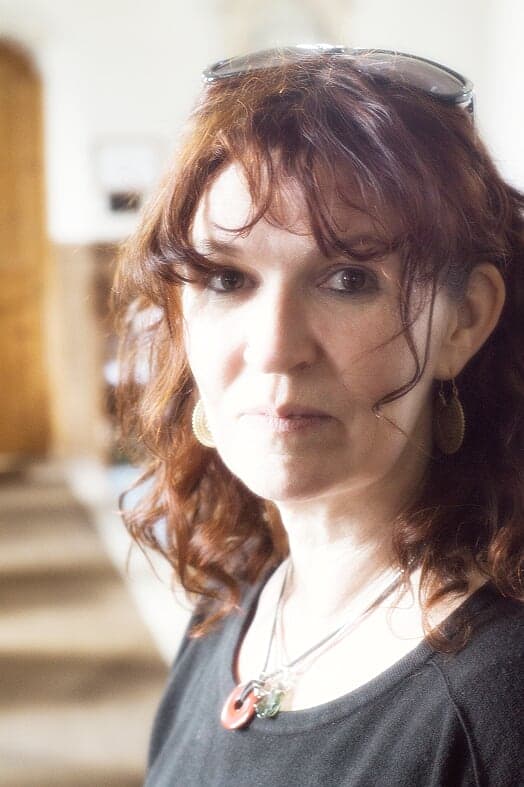
Jo Stephen
Jo Stephen from Dorset is a trained ecologist and a self-taught photographer. ‘I’ve been using vintage and second-hand glass since I bought my first DSLR about 15 years ago,’ she tells us. ‘In fact, I chose the Sony Alpha system as it was compatible with the old Minolta lenses. As I was working with a really small budget it meant I could afford to get a few lenses to complement the kit lens that came with the camera.
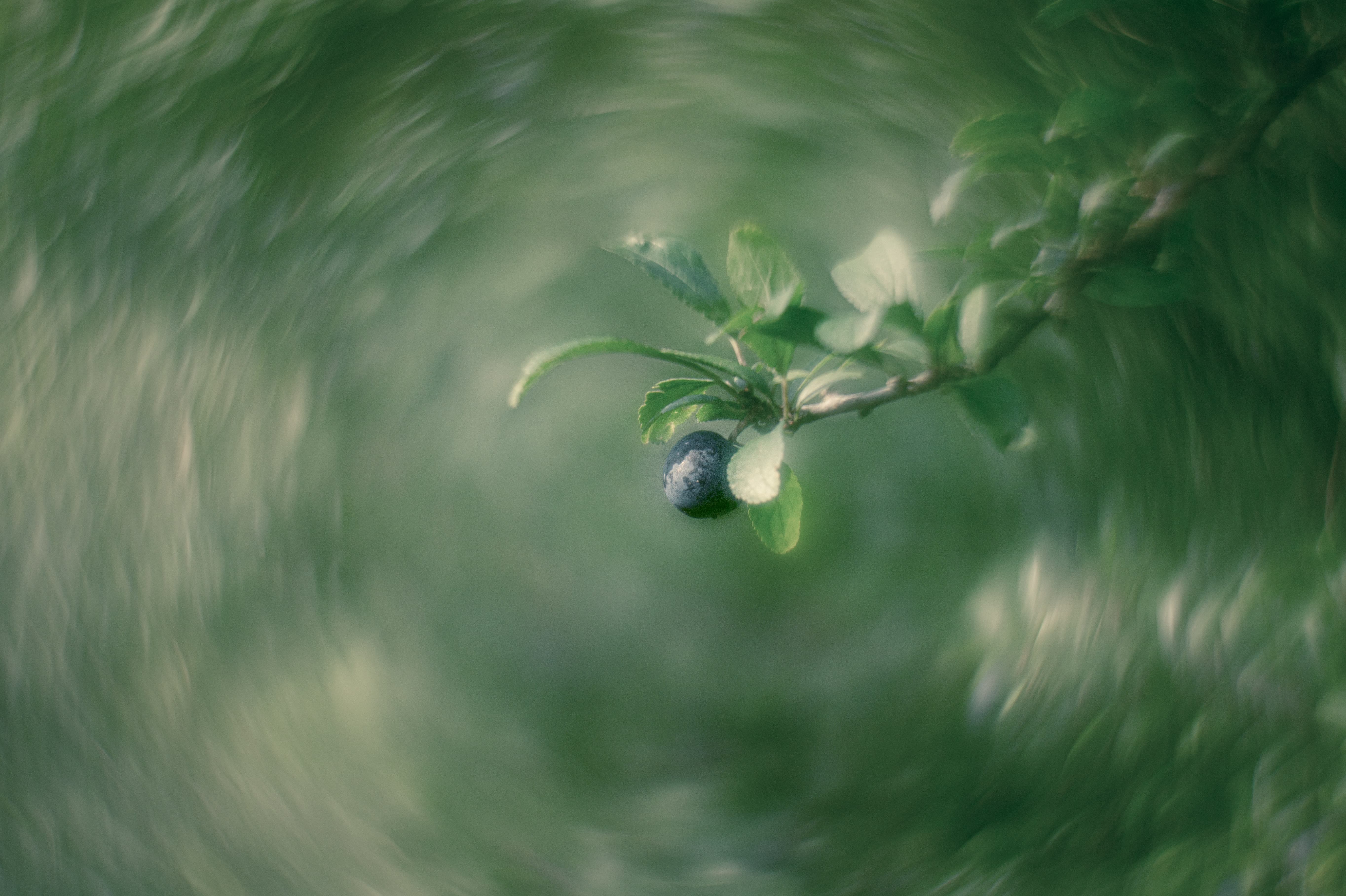
To this day I have not bought a new lens.’ Her favourite lens from her vintage collection is the Helios 44-2 and was the first vintage lens she purchased. ‘It has a bit of a cult following and can still be found on the front of old Zenith cameras in charity shops and second-hand websites,’ she explains. ‘I love the light leaks, soft focus and the distinctive swirly oval bokeh that this lens can produce. If the front element is removed and reversed the bokeh becomes psychedelic and super swirly.’ Jo uses her photography to communicate nature conservation, sustainability, and wellbeing through nature connection. ‘I find the Helios 44-2 is best suited to botanical photography, especially where the subject can be separated from the background as it is then the softness and bokeh are most effective.”
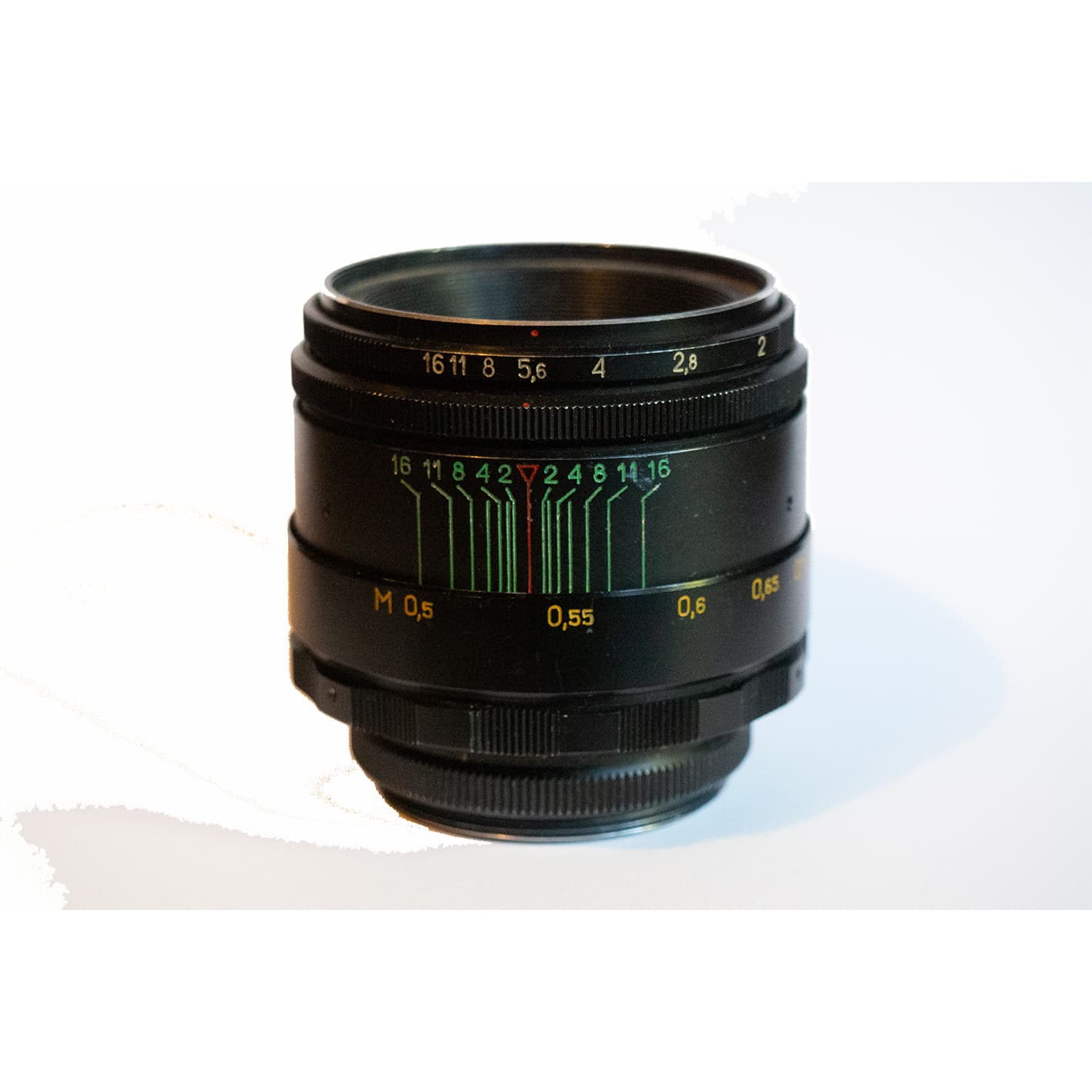
As for its quirks, Jo reveals her lens isn’t 100% accurate but she doesn’t mind its flaws. ‘My Helios 44-2 won’t give me a sharp image, because it isn’t in the best condition, however I like the soft and unfocused creative photography it can capture.’ When it comes to shooting tips, Jo says the swirly bokeh is best created if there is some distance between your subject and the background. ‘Shoot into the light, and use live-view. Play around with your distance and the focus until you capture the swirls.’
Jo says: ‘You will probably think I have lost my marbles, but I’ve taken the front element of the Helios 44-2 off and filled the lens with marbles, I then taped the front element back on. I wondered what might happen! The best thing about old lenses that are not in the greatest condition is that you can play with them in a way you wouldn’t dream of doing with an expensive piece of glass.’
Learn more at twitter.com/JoAnnunaki and www.instagram.com/JoAnnunaki/ and Jostephen.photography
Further reading
Readers’ used lens bargains
Expert guide to manual focus photography








